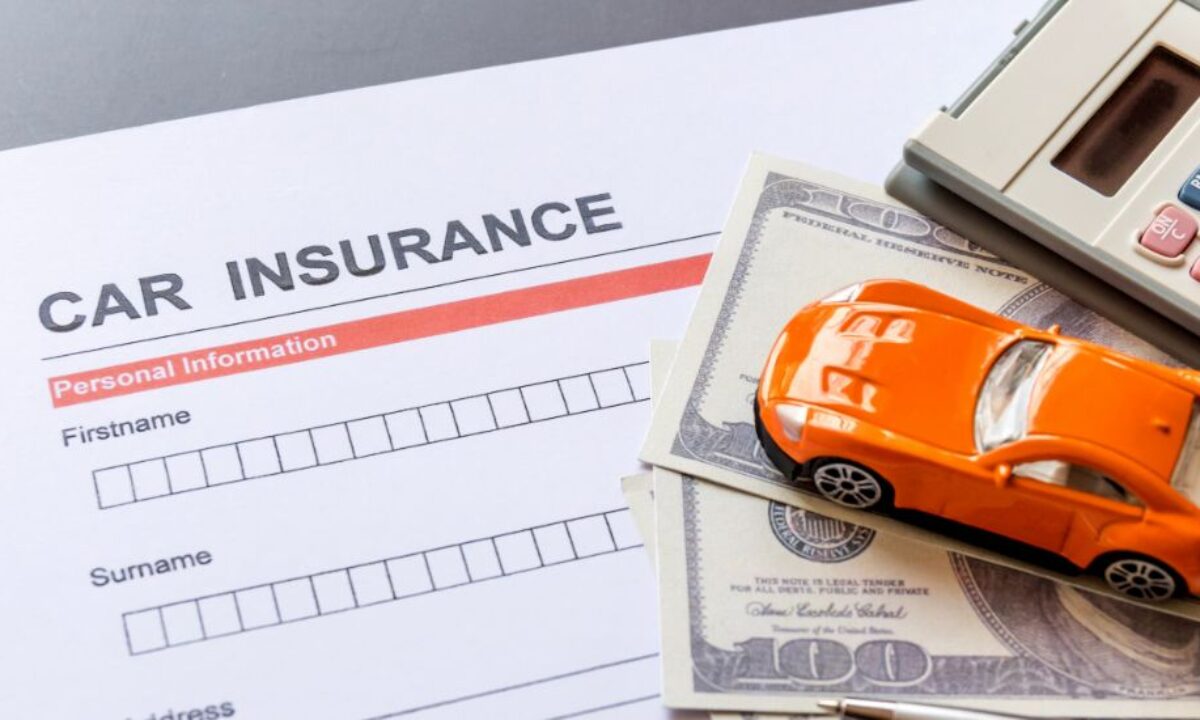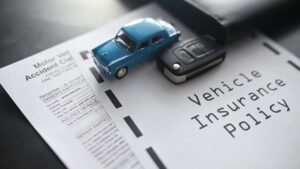Auto insurance is required by most states and can protect you against significant expenses that result from road mishaps, but coverage types and costs vary widely between states.
Bodily Injury Liability covers injuries you cause to others and up to $15k of property damage caused by your car, such as fences, buildings or utility poles being hit. Medical Payments coverage covers your and your passengers’ medical bills.
1. Collision Coverage
Collision coverage in your auto insurance provides assistance for repairs after an accident – regardless of who was at fault – as well as helping cover replacement costs should it be declared totaled.
Coverage includes damage caused by your car striking another vehicle or stationary object like a fence, light post, or tree; rollovers and single-car accidents; as well as rollovers. However, theft or weather-related damage cannot be covered under the policy.
Collision coverage usually features a deductible amount that you are required to pay before your insurance company begins covering claims. There is also typically a maximum payout limit, which takes into account depreciation over time when paying repairs or replacing vehicles.
Though most states do not mandate collision or comprehensive coverage for vehicles purchased with borrowed money, many lenders require you to get it in order to qualify for loans. If your car is old and/or not worth much, however, eliminating this coverage may be more cost-effective.
2. Comprehensive Coverage
As its name implies, comprehensive car insurance protects against damage that’s not caused by collision, including theft, natural disasters and vandalism. You typically can add comprehensive coverage along with state-required liability protection as part of an all-encompassing auto policy.
As with collision coverage, comprehensive has a maximum limit that your insurer will pay out per claim; however, your deductible (the portion of costs covered by you before that total is applied to any claim) must first be met. So for example if a tree falls onto your car causing $2,000 of damage and repairs cost $500 from you to complete before they’ll cover the remaining $1,500 with their policy.
Any car owner should consider purchasing comprehensive and collision auto insurance; the exact decision will depend on factors like value, location and other considerations. Consult an agent about these and other aspects of car insurance before making a purchase decision.
3. Uninsured Motorist Coverage
One in seven drivers on the road are uninsured. By adding uninsured motorist coverage to your policy, you can protect yourself in case of an accident with one. In most states, uninsured motorist coverage covers medical bills and property damages caused by such drivers if their liability insurance doesn’t cover them fully.
Your uninsured motorist coverage (UM) limits should match those of your liability coverage to ensure a successful claim process should it become necessary. Supplementary uninsured motorist coverage (sometimes known as super-UM) provides higher limits than standard uninsured motorist policies and could prove worth its additional cost in case an accident involves someone without enough coverage to compensate you for losses suffered in an accident.
4. Underinsured Motorist Coverage
Car insurance is required in most states, yet its options can be confusing and daunting. Bankrate’s licensed agents and experts in auto insurance can help make sense of all of the terms and coverage options.
Uninsured motorist coverage (UM) is an essential insurance protection that is mandatory in some states but optional in others. It protects you in situations when an at-fault driver has liability coverage but not enough to cover injuries sustained and vehicle damages sustained during an accident. There are two forms of uninsured motorist coverage: bodily injury coverage and property damage coverage, typically with limits that mirror those for liability coverage.
UMPD provides coverage in the event of a hit-and-run or unknown driver accident, often at less cost than collision coverage. Some companies even offer combined UMPD/UMB policies with lower premiums and increased limits. According to the Insurance Research Council, over one quarter of U.S. drivers are underinsured. This coverage is essential since over one quarter of drivers on U.S. roads lack adequate insurance.
5. Medical Payments
Car insurance in New York is more than a legal obligation; it’s an investment in your financial wellbeing. Therefore, it is crucial that you understand how different coverage types payout in case of a claim. In our comprehensive guide to auto insurance, this fourth installment focuses on medical payments (MedPay), an important no-fault coverage option which covers you or any passengers for medical expenses following an accident, regardless of who was at fault. Learn more about MedPay by exploring quotes online!




